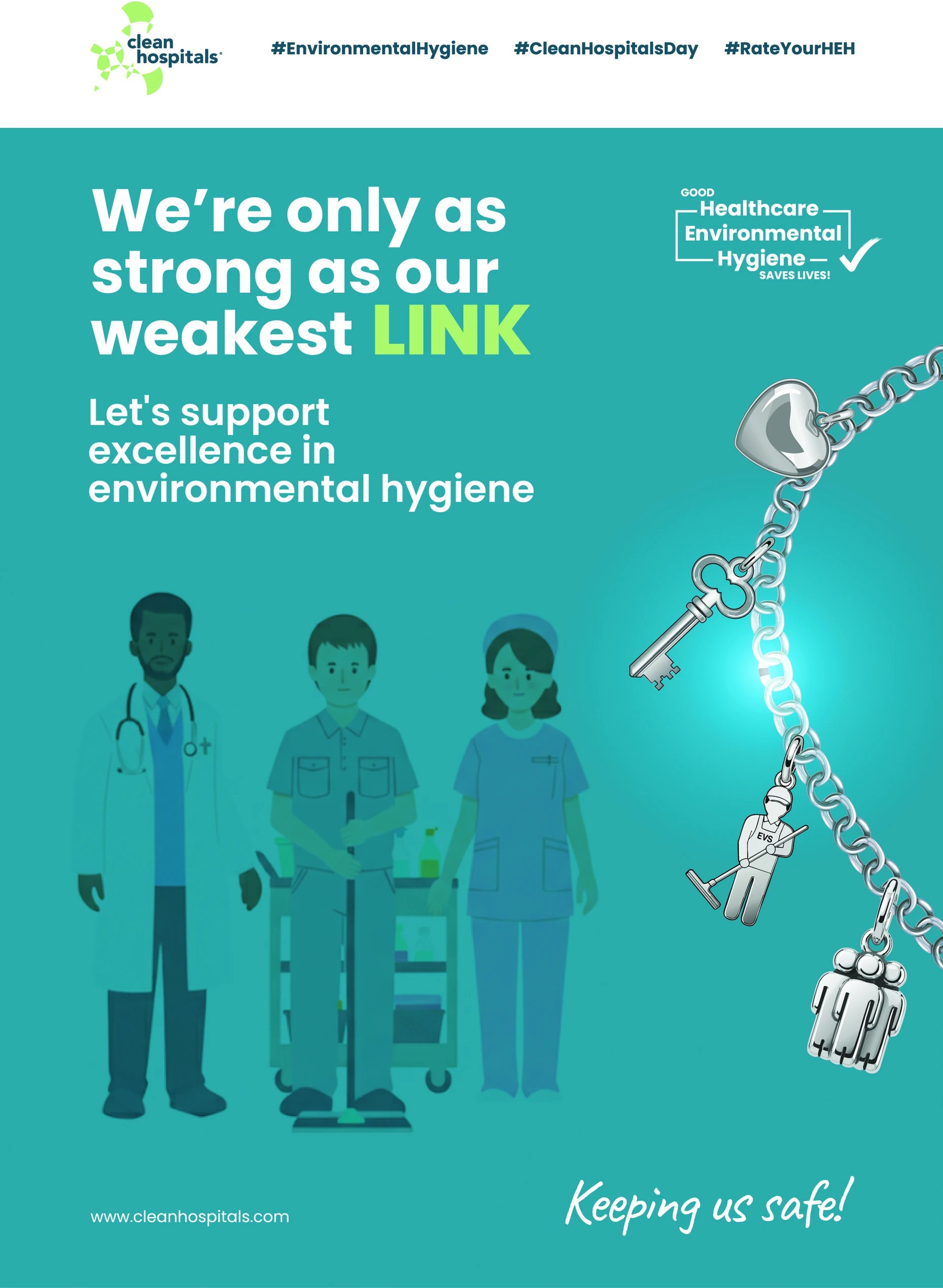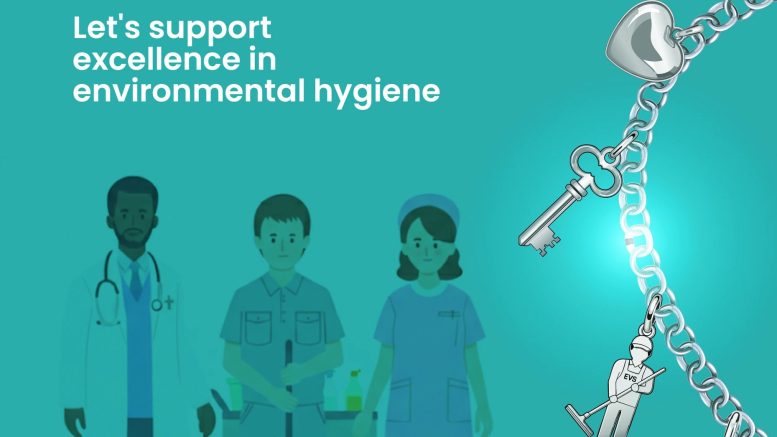In observance of Clean Hospitals Day, celebrated every October 20, Peters, et al. (2025) announce this year’s theme is “Human Factors and Collaboration”, highlighting the role that both human excellence and error play in infection prevention and control (IPC), and how focusing on how environmental service (EVS) workers and their management is crucial to providing quality care. This annual observance aims to increase awareness of healthcare environmental hygiene (HEH), foster facility engagement and appreciation of environmental services (EVS) staff.
"Although HEH remains a relatively neglected field of IPC, the healthcare environment is now recognized as being a major source of pathogen transmission, either directly through fomites, shared medical devices or as a source of hand contamination," Peters, et al. (2025) say. "Healthcare-associated infections are one of the main global challenges in infectious diseases, as well as one of the main drivers of antibiotic consumption. Reducing these infections not only saves lives, money, and resources, but also reduces antibiotics use, which in turn reduces the selective pressure driving antibiotic resistance."
The experts add, "Environmental hygiene is made up of both technical domains and human factors. The technical domains (surfaces, air control, water control, device reprocessing and sterilization, laundry, and waste management) concern the different environments in healthcare facilities that must be managed both physically and microbiologically to ensure the safety of patients, staff, visitors, and the larger environment. The human factors concern the people responsible for hygiene and their behaviors, and involve everything from EVS training and management to team dynamics, career development, internal communication, and safety culture within facilities. Although human factors are often inherently more difficult to improve or even measure compared with technical indicators, their importance cannot be overstated. This is evident in the World Health Organization (WHO) Multimodal Improvement Strategy (MMIS), the behavior change model most often implemented globally for evaluating both HEH and hand hygiene at the facility level. The WHO MMIS consists of five pillars: system change, training and education, monitoring and feedback, workplace reminders, and institutional safety climate [9]. Of these, only “system change” and “workplace reminders” concern primarily technical components. The other three pillars concern human factors; people ultimately determine the quality of an HEH program."

Courtesy of Peters, et al. (2025)
A Clean Hospitals Day promotional toolkit for healthcare facilities has been developed and is available at: https://cleanhospitals.com/promotional-toolkit-2025/
Reference: Peters A, et al. Clean Hospitals Day 2025: the human factors of healthcare environmental hygiene. Antimicrobial Resistance & Infection Control. Volume 14, article number: 111 (2025)
